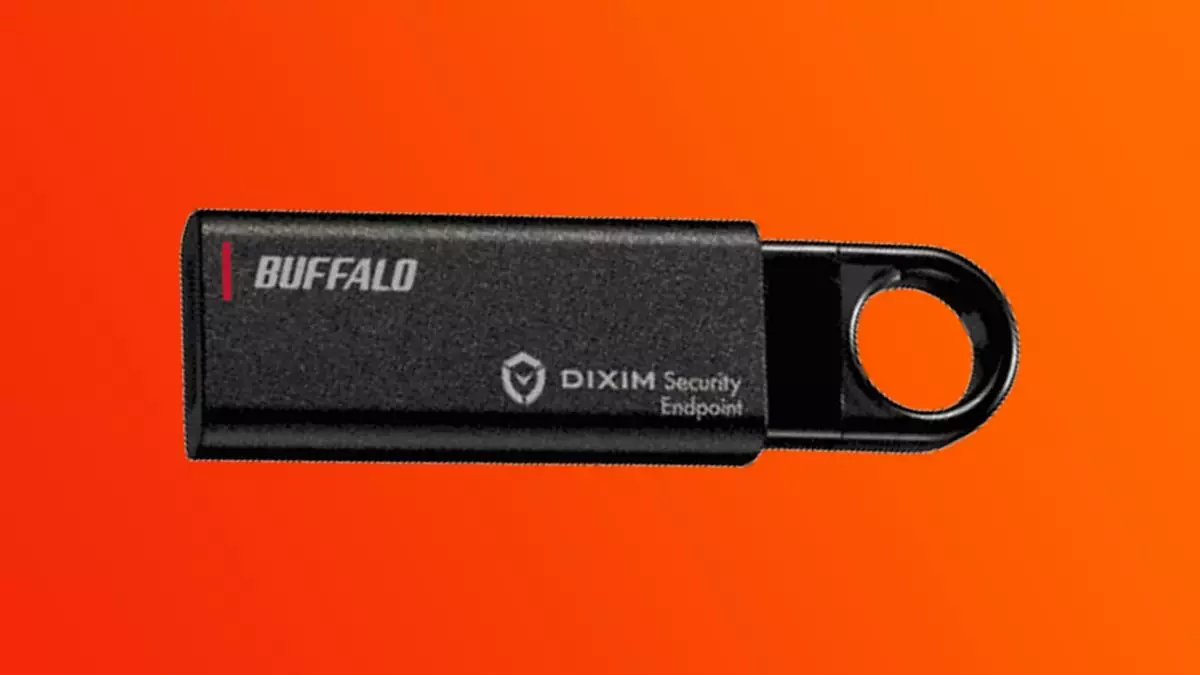USB flash drives are ubiquitous tools in today’s digital world, offering convenience and portability for data transfer. However, beneath their innocent exterior lies a plethora of potential security vulnerabilities that can compromise users’ devices and data. The Buffalo RUF3-KEV presents a notable advancement in this sphere, equipped with multiple security features that aim to mitigate the risks associated with USB drives. This article delves into the critical aspects of these features, the current state of USB security, and the behavioral trends surrounding the use of USB drives.
The Buffalo RUF3-KEV distinguishes itself in a crowded market by integrating an array of sophisticated security functionalities. Its hallmark feature is the DiXiM Security Endpoint, an embedded anti-malware system that proactively monitors files on the drive for possible threats in real-time. This continuous vigilance is paired with a built-in antivirus scanner that scrutinizes files during transfer, adding an extra layer of protection against malicious software. These features signal a proactive rather than reactive stance towards cybersecurity, which is crucial in a landscape increasingly rife with cyber threats.
Additionally, the inclusion of password authentication ensures that only authorized users can access the sensitive data stored on the drive. This functionality protects files from prying eyes, a feature particularly beneficial for professionals handling confidential information. However, while these security measures are promising, they also raise questions regarding their effectiveness and the inherent risks of USB drives still being susceptible to sophisticated attacks.
Despite the advancements in USB security, the threat of cyberattacks through these devices remains alarmingly prevalent. Recent reports reveal that a cyberespionage group, known as GoldenJackal, leveraged USB drives to disseminate malware in sensitive environments, such as embassies. This attack exploited the often-overlooked “air gap”—the physical separation of secure networks from untrusted networks—allowing attackers to breach data sanctuaries and compromise secure systems.
This scenario serves as a stark reminder that no device, however secure, can be deemed entirely safe. Instances of individuals inadvertently infecting their machines by connecting an unknown USB drive remain common. A 2016 study highlighted that around 50% of people would plug in USB drives found in public places, revealing a startling naivety toward potential risks. Although some awareness has grown, it appears that many users still exhibit impulsive behavior when it comes to discovering USB drives, placing them at significant risk.
Buffalo’s initiative in fortifying USB drives with enhanced security features represents a positive shift in the industry, suggesting that manufacturers are increasingly aware of the vulnerabilities associated with these devices. However, the availability of such products is crucial for widespread adoption. Currently, the Buffalo RUF3-KEV is only available in Japan, leading to concerns about accessibility in other markets. For companies with a footprint in numerous regions, the potential to acquire such technology through expensive international shipping may limit its use.
In the long-term, integrating advanced security features like those found in the Buffalo RUF3-KEV into USB drives should become the standard rather than the exception. Given the prevalence of USB drives in everyday use, ensuring that these tools possess robust security measures is essential for reducing the risk of malware infections and data breaches.
In closing, while USB drives are convenient tools, users must approach them with caution. The Buffalo RUF3-KEV provides an extraordinary example of how technology can evolve to combat the inherent risks tied to data transfer devices. However, even with cutting-edge security features, it is paramount for individuals to exercise discretion when using any USB drive, particularly those of unknown origin.
In a world where cybersecurity threats are a constant presence, the collective responsibility to remain vigilant cannot be overstated. The hope is that improved security measures become commonplace, allowing users to work confidently without the perpetual worry of potential data breaches lurking within seemingly innocuous devices. After all, a proactive approach to cybersecurity can make a significant difference in safeguarding our digital lives.


Leave a Reply